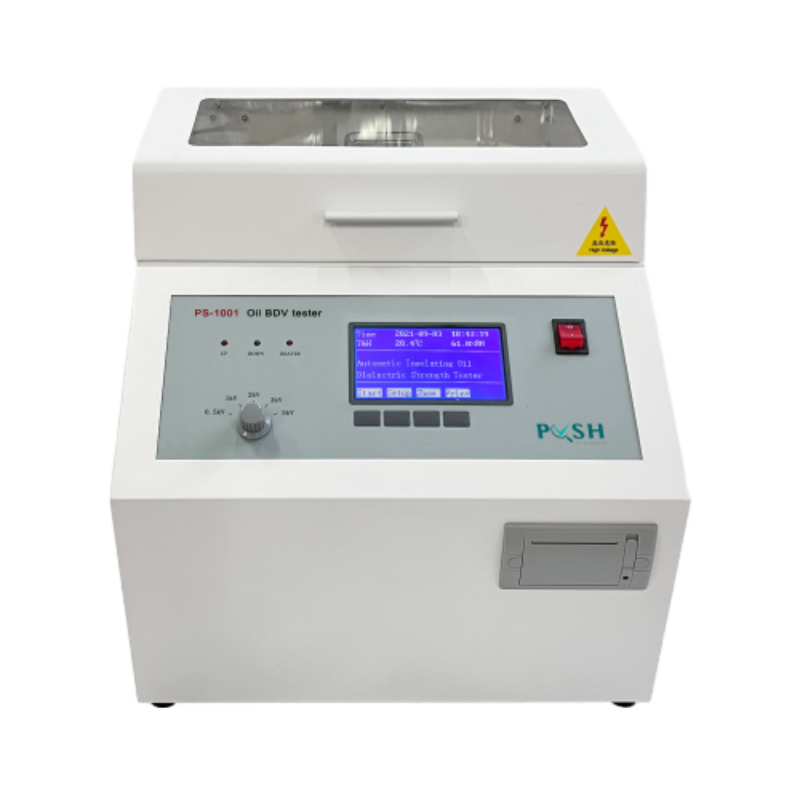 English
English



-
 Afrikaans
Afrikaans -
 Albanian
Albanian -
 Amharic
Amharic -
 Arabic
Arabic -
 Armenian
Armenian -
 Azerbaijani
Azerbaijani -
 Basque
Basque -
 Belarusian
Belarusian -
 Bengali
Bengali -
 Bosnian
Bosnian -
 Bulgarian
Bulgarian -
 Catalan
Catalan -
 Cebuano
Cebuano -
 China
China -
 China (Taiwan)
China (Taiwan) -
 Corsican
Corsican -
 Croatian
Croatian -
 Czech
Czech -
 Danish
Danish -
 Dutch
Dutch -
 English
English -
 Esperanto
Esperanto -
 Estonian
Estonian -
 Finnish
Finnish -
 French
French -
 Frisian
Frisian -
 Galician
Galician -
 Georgian
Georgian -
 German
German -
 Greek
Greek -
 Gujarati
Gujarati -
 Haitian Creole
Haitian Creole -
 hausa
hausa -
 hawaiian
hawaiian -
 Hebrew
Hebrew -
 Hindi
Hindi -
 Miao
Miao -
 Hungarian
Hungarian -
 Icelandic
Icelandic -
 igbo
igbo -
 Indonesian
Indonesian -
 irish
irish -
 Italian
Italian -
 Japanese
Japanese -
 Javanese
Javanese -
 Kannada
Kannada -
 kazakh
kazakh -
 Khmer
Khmer -
 Rwandese
Rwandese -
 Korean
Korean -
 Kurdish
Kurdish -
 Kyrgyz
Kyrgyz -
 Lao
Lao -
 Latin
Latin -
 Latvian
Latvian -
 Lithuanian
Lithuanian -
 Luxembourgish
Luxembourgish -
 Macedonian
Macedonian -
 Malgashi
Malgashi -
 Malay
Malay -
 Malayalam
Malayalam -
 Maltese
Maltese -
 Maori
Maori -
 Marathi
Marathi -
 Mongolian
Mongolian -
 Myanmar
Myanmar -
 Nepali
Nepali -
 Norwegian
Norwegian -
 Norwegian
Norwegian -
 Occitan
Occitan -
 Pashto
Pashto -
 Persian
Persian -
 Polish
Polish -
 Portuguese
Portuguese -
 Punjabi
Punjabi -
 Romanian
Romanian -
 Russian
Russian -
 Samoan
Samoan -
 Scottish Gaelic
Scottish Gaelic -
 Serbian
Serbian -
 Sesotho
Sesotho -
 Shona
Shona -
 Sindhi
Sindhi -
 Sinhala
Sinhala -
 Slovak
Slovak -
 Slovenian
Slovenian -
 Somali
Somali -
 Spanish
Spanish -
 Sundanese
Sundanese -
 Swahili
Swahili -
 Swedish
Swedish -
 Tagalog
Tagalog -
 Tajik
Tajik -
 Tamil
Tamil -
 Tatar
Tatar -
 Telugu
Telugu -
 Thai
Thai -
 Turkish
Turkish -
 Turkmen
Turkmen -
 Ukrainian
Ukrainian -
 Urdu
Urdu -
 Uighur
Uighur -
 Uzbek
Uzbek -
 Vietnamese
Vietnamese -
 Welsh
Welsh -
 Bantu
Bantu -
 Yiddish
Yiddish -
 Yoruba
Yoruba -
 Zulu
Zulu
current transformer ratio test
Current Transformer Ratio Test Importance and Procedure
Current transformers (CTs) are essential components in electrical power systems used for measurement and protection. They step down high currents to manageable levels for metering and monitoring, ensuring safety and accuracy in electrical measurements. A key aspect of maintaining the reliability and performance of CTs is the ratio test, which assesses the transformation ratio of the current transformer.
Understanding the Transformation Ratio
The transformation ratio of a current transformer is defined as the ratio of the primary current to the secondary current. For instance, a CT with a ratio of 10005 means that for every 1000 amperes flowing through the primary winding, 5 amperes flow through the secondary. This ratio is crucial as it determines how accurately the CT can replicate the primary current in its secondary circuit, thus affecting the performance of protective relays and measurement devices connected to it.
Importance of the Ratio Test
Conducting a current transformer ratio test is vital for several reasons
1. Accuracy Verification Over time, CTs may experience physical stress and changes in their operational characteristics. Regular testing helps ensure that the transformation ratio remains within specified limits, thus guaranteeing accurate current measurement.
2. Protection Coordination In power systems, protection devices rely on accurate current readings to operate correctly during fault conditions. An incorrect transformation ratio can lead to misoperation of protective schemes, potentially resulting in equipment damage or system failures.
3. Preventive Maintenance Regular testing of CTs allows for early detection of discrepancies and potential failures. By identifying issues before they escalate, utilities can carry out preventative maintenance, helping to avoid costly downtimes and ensuring continued system reliability.
current transformer ratio test

The Testing Procedure
The current transformer ratio test typically involves the following steps
1. Preparation Before testing, ensure all safety protocols are in place. De-energize the circuit and isolate the CT to prevent any accidental energization during the test.
2. Setting Up Equipment Use a transformer ratio tester, which injects a known current into the primary winding and measures the output in the secondary winding. This equipment is designed to precisely monitor voltages and currents, providing accurate readings.
3. Executing the Test Connect the tester to the primary and secondary terminals of the CT. The technician will input the rated current and initiate the test. The tester will compare the induced current on the secondary side to the known input and compute the transformation ratio.
4. Data Analysis Once the test is complete, analyze the readings to determine if the CT’s ratio is within acceptable limits. If the results deviate significantly from the expected ratio, further investigation is needed, which might include physical inspections or functional testing of the CT.
5. Documentation Record the findings, including any discrepancies and corrective actions taken. This documentation is essential for maintaining records of equipment performance and is useful for future testing and maintenance planning.
Conclusion
In conclusion, the current transformer ratio test is an essential procedure that ensures the accuracy and reliability of current transformers in electrical systems. By regularly conducting these tests, electrical utilities can safeguard their equipment, improve operational safety, and maintain accurate data for effective power management. As power systems continue to evolve, the importance of such testing remains paramount in sustaining efficient and secure electrical infrastructures.
-
Testing Equipment Industry Sees Major Advancements in 2025: Smart & Precision Technologies Lead the WayNewsJun.06,2025
-
Applications of Direct Current Generators in Renewable Energy SystemsNewsJun.05,2025
-
Hipot Tester Calibration and Accuracy GuidelinesNewsJun.05,2025
-
Digital Circuit Breaker Analyzer Features and BenefitsNewsJun.05,2025
-
Benefits of Real-Time Power Quality Monitoring Devices for Industrial EfficiencyNewsJun.05,2025
-
Earth Fault Loop Testing in High-Rise Building Electrical SystemsNewsJun.05,2025



